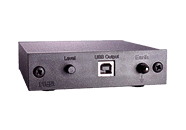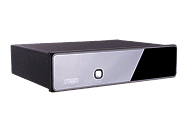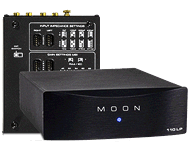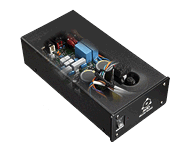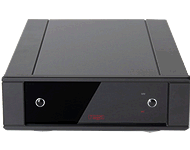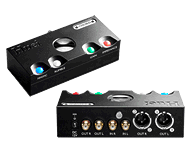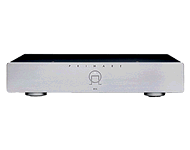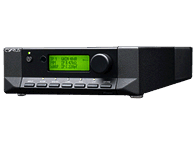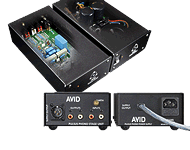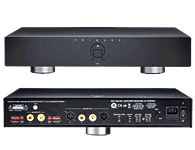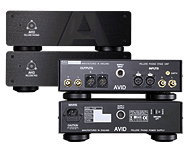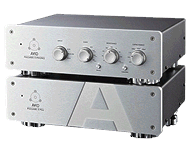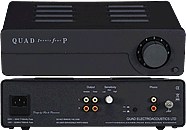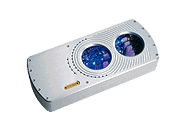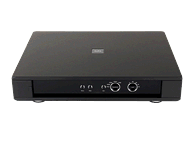Phono stages@kemela
Phono Stages (Phono Preamplifiers) boost the tiny voltage signal from a phono cartridge about a thousand times to line level voltage (such as from a CD player) while applying frequency replay equalization (bass boost-treble cut) to correct the frequency equalization (bass cut - treble boost) previously applied when cutting a record. The challenge is to provide a lot of gain without adding noise and handling such tiny voltage signals can not be done well by a few cheap electronic parts.
Types of phono stage
Phono stages are designed for moving magnet cartridges, or moving coil cartridges, or both. Entry level phono stages are usually for moving magnet cartridges (typical output 3-6mv). Moving coil cartridges (typical output 300-500µv) need to be 10x more sensitive making them more expensive. Some moving coil phono stages are designed from the ground up while others use an internal step-up transformer prior to a moving magnet circuit. A range of load and sensitivity options is needed for all the different moving coil cartridge characteristics.
Phono stage implementation
How well a phono stage boosts the tiny signal from a cartridge without loosing or distorting information or adding noise largely depends on the way in which it is implemented:
- simple on board chip in a mass market receiver or in entry level turntable
- integrated amplifier containing a phono stage section or dedicated internal board
- stand-alone phono stage component powered by a wall wart
- stand-alone phono stage component with it's own internal power supply
- stand-alone phono stage component powered by a separate external power supply.
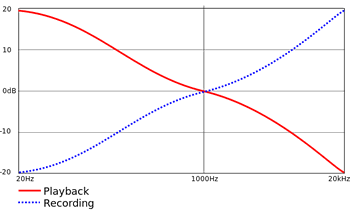
The physical separation and shielding of the R and L circuits becomes even more critical than line level components. Because high gain amplification has to manage the significant amount of low frequency boost/high frequency attenuation RIAA equalization applied without overload and distortion, the choice of high quality electronic parts critically affects sound quality.
Sonic benefits of higher priced phono stages
With better power supplies, circuit board layout and higher quality closer tolerance electronic components you get better bass, purer timbres, soundstage width and depth, dynamics, air, and clarity.
There is a large range of cartridges in the market place which require different settings and a phono stage with a wider range of settings allows best sound for a large percentage of cartridges. We can demonstrate how changing gain and loading settings affects the sound.
